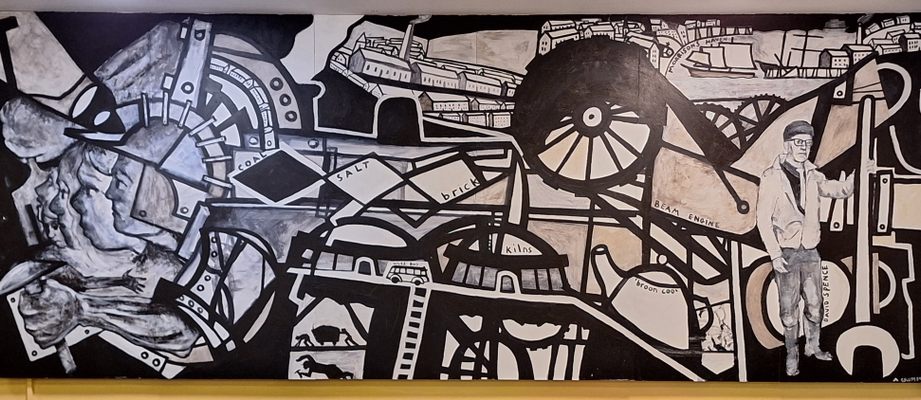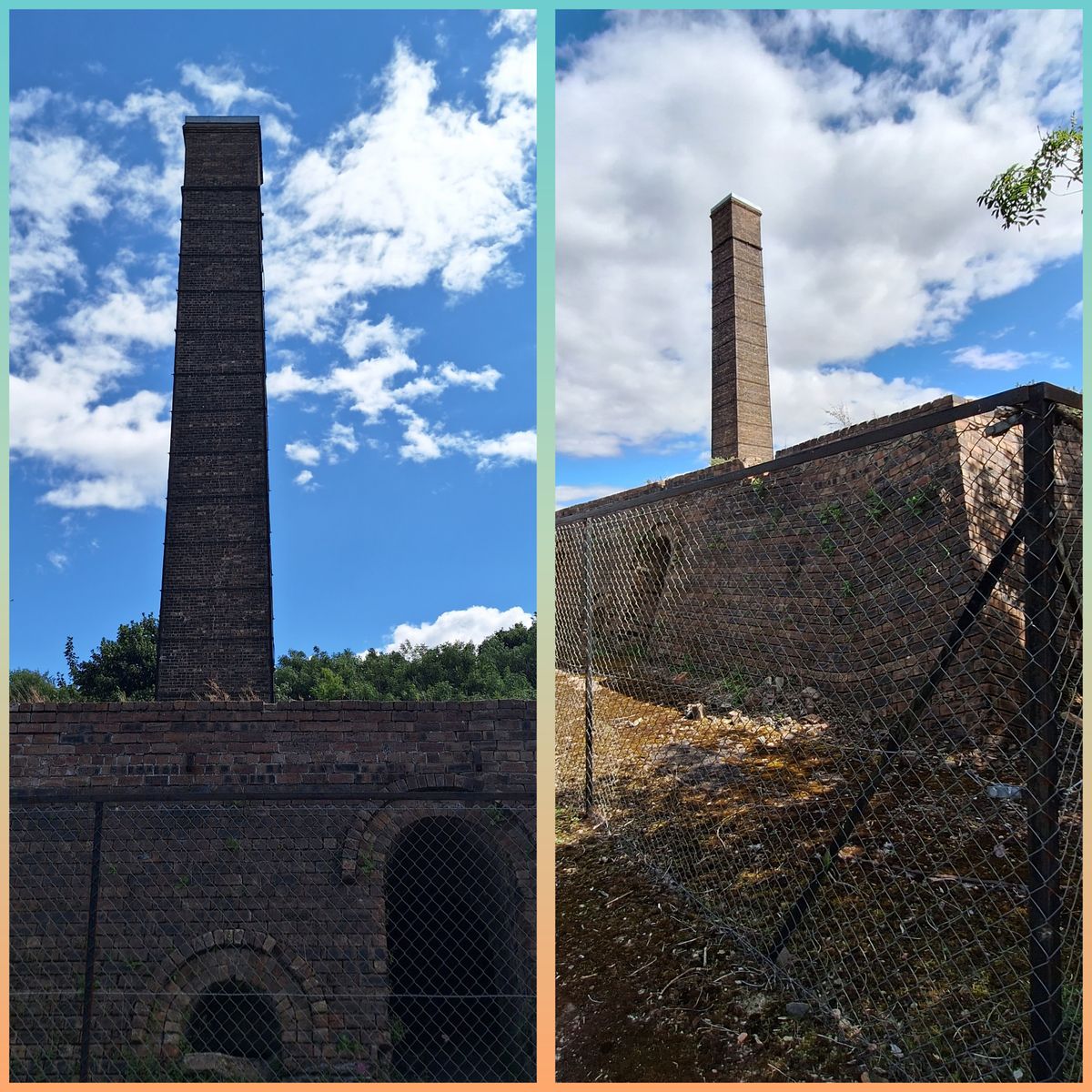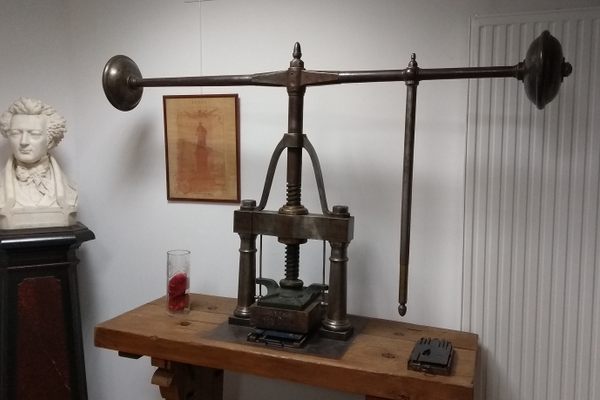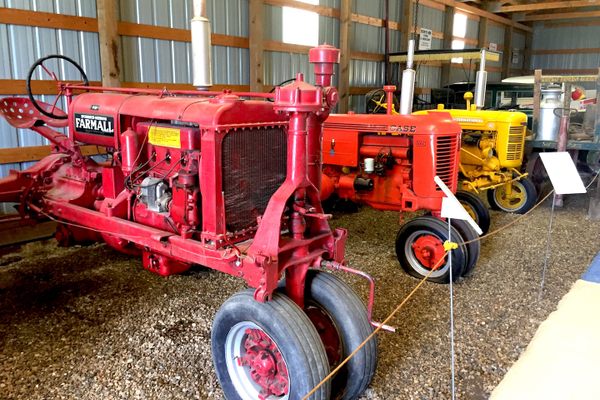About
Less than an hour drive east of Edinburgh sits an outdoor museum honoring the region's industrial heritage.
Massive, derelict machinery is spread across the museum and visitors are welcome to walk in self-guided tours around the area. The most notable of these machines is likely the Cornish Beam Engine, the only one of its kind in Scotland. Coal was mined on-site for at least eight centuries before it became a center of industry. Advances in mining allowed the amount of coal being mined to support progressively larger industrial production. The buildings were used for brick, glass, and pottery works from as early as the 17th century and until the 20th century.
Glass production came first in the 17th century under the auspice of the mogul William Morrison. Pottery ranging from fine china to cheaper, everyday tableware was the main output of the site for the 18th and 19th centuries before enough coal was being mined for brickmaking. Bricks would be baked in the huge Hoffman Kiln, which was built in 1937. The kiln was capable of handling up to 30,000 bricks in one firing, but stopped operating in the 1970s.
The museum contains numerous display panels that explain the history of the area's industrial heritage—from tunnels used as potential air raid shelters to the former homes of the estate’s indentured workers. By 1993, the site had come to be in the care of East Lothian Council, with the museum in its current form opening in the early 2000s.
Related Tags
Know Before You Go
East Lothian Bus route 26 connects Edinburgh and the museum. Audio guides are available from the visitor center as well as via mobile phones. The visitor center is open daily from April to September 11 a.m. - 4:30 p.m.
Published
July 13, 2019




























































